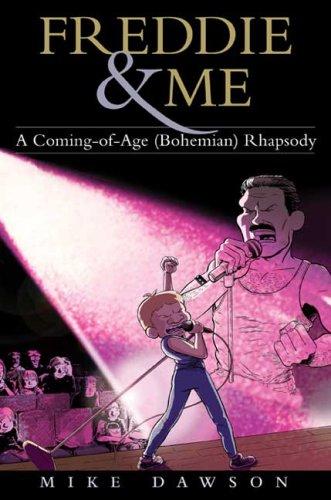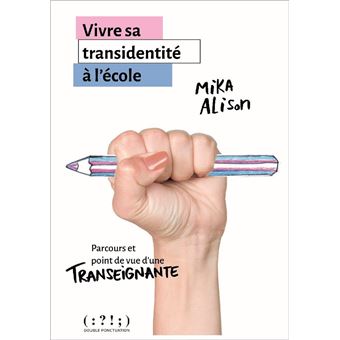Ezra Tellington started reading Où vont les larmes quand elles sèchent by Baptiste Beaulieu

Baptiste Beaulieu: Où vont les larmes quand elles sèchent (Français language, 2024)
Où vont les larmes quand elles sèchent by Baptiste Beaulieu
Le docteur Jean est généraliste dans une ville du Sud-Ouest. En ces temps de déserts médicaux, sa salle d'attente est …













